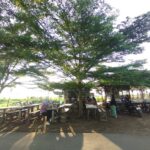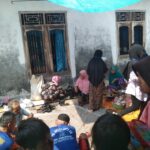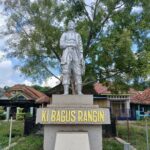Written by: Rayhan Noer Syamsi
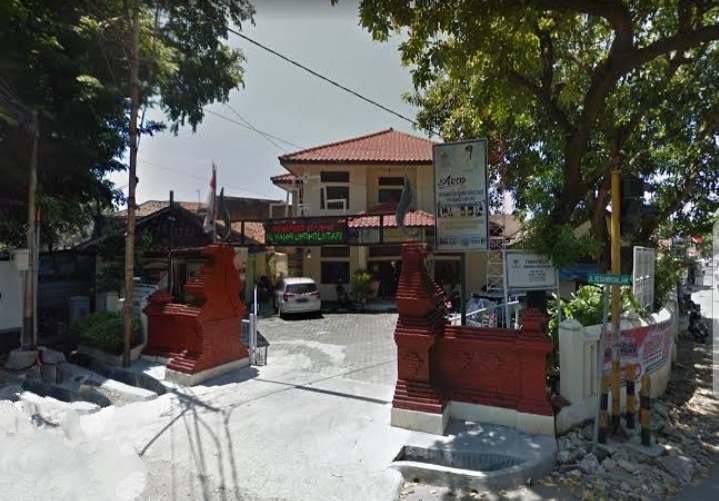
Kesambi is a strategically located area in Cirebon City, West Java, which benefits from its position in the central part of the city. The area is highly advantageous because it directly borders several important villages, such as Karyamulya, Sunyaragi, Drajat, and Pekiringan. Kesambi has a strategic location that connects various city sectors. This makes it a prime area for residential, investment, and economic activities.
The Infrastructure of Village
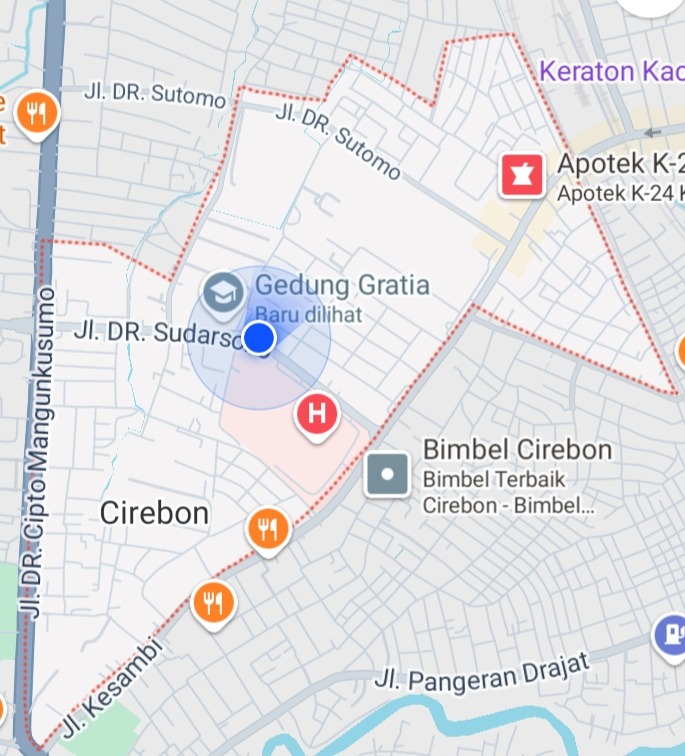
Regarding infrastructure, Kesambi is well-equipped with facilities that support the daily needs of its residents. The roads in this area are designed to be easily accessible by motorbikes, cars, and even bicycles. This design facilitates the mobility of residents for work, school, and social activities. Additionally, educational facilities such as primary schools provide a strong foundation for human resource development. A community health center and a mosque serve as crucial support for health and religious activities. These facilities help create a harmonious environment for the community.
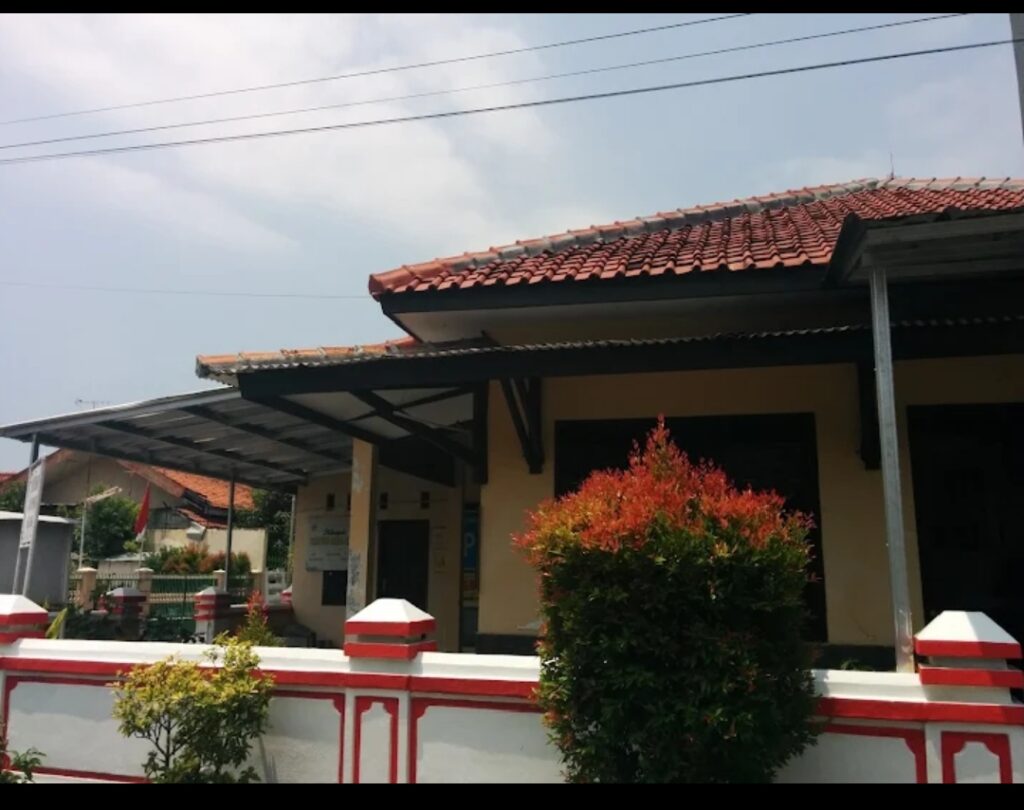
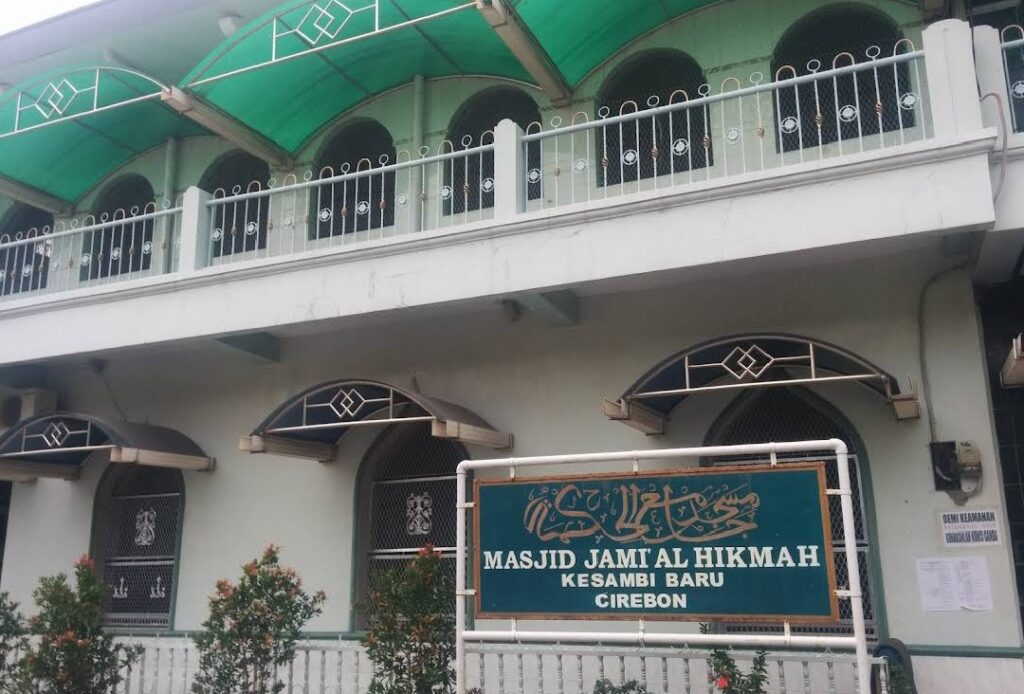

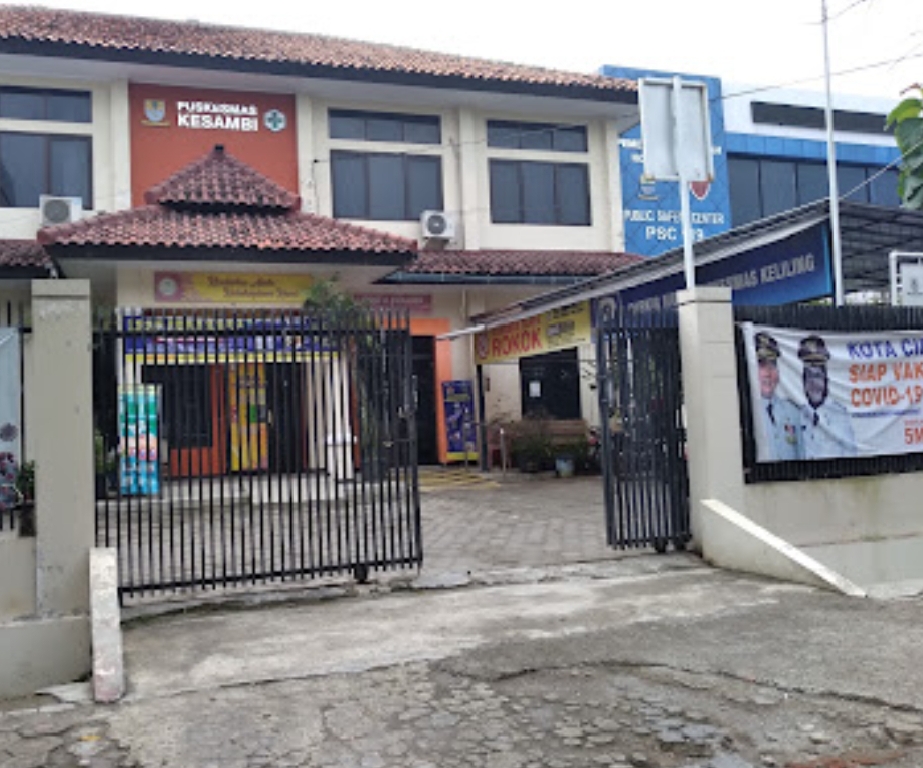
Demographics of Kesambi Village
Demographically, the Kesambi village has a total population of 8,690, consisting of 4,495 men and 4,195 women. This balanced gender distribution reflects an active social dynamic. Most residents rely on motorized vehicles as their primary means of transportation. This indicates a significant demand for efficient transportation and easy access to various services.
Economy of kesambi village
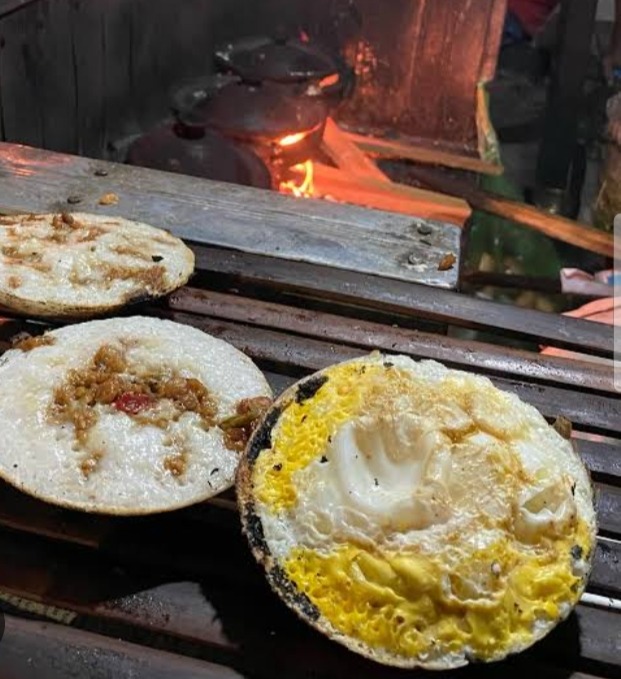
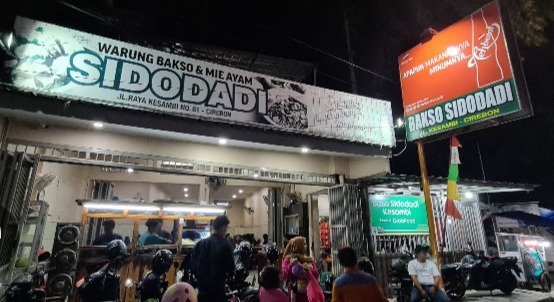
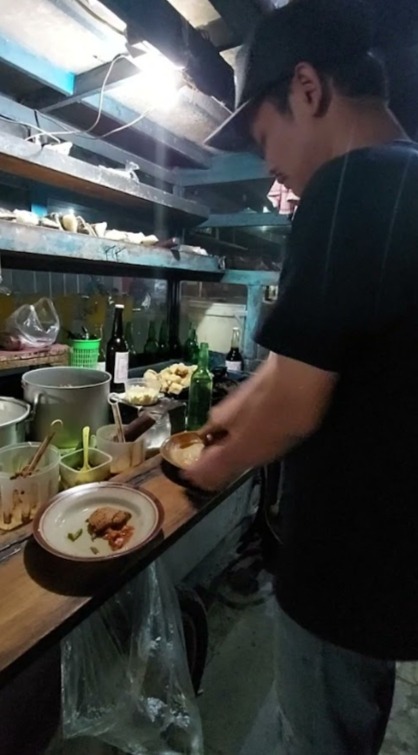
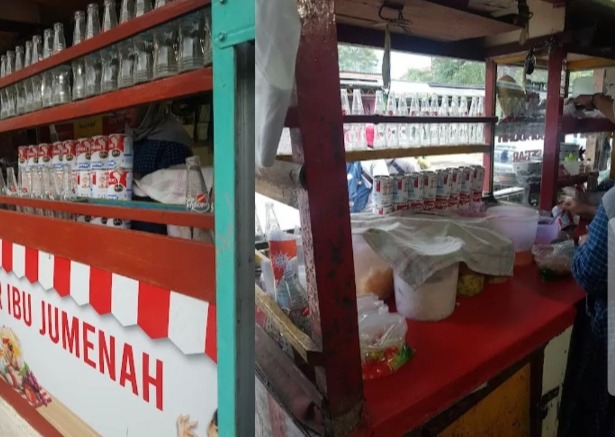
Economically, Kesambi boasts diverse potential. The area is home to micro, small, and medium enterprises (UMKM) such as vendors selling bakso, es campur, ketoprak, serabi, and daily necessities. Additionally, there is economic potential in office spaces and household industries, such as the production of kwetiau and bihun. These various economic activities demonstrate the creativity and financial independence of the local community.
Culture of Kesambi Village
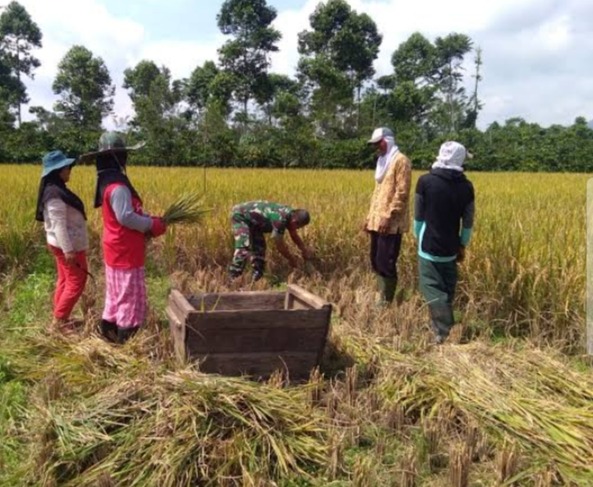
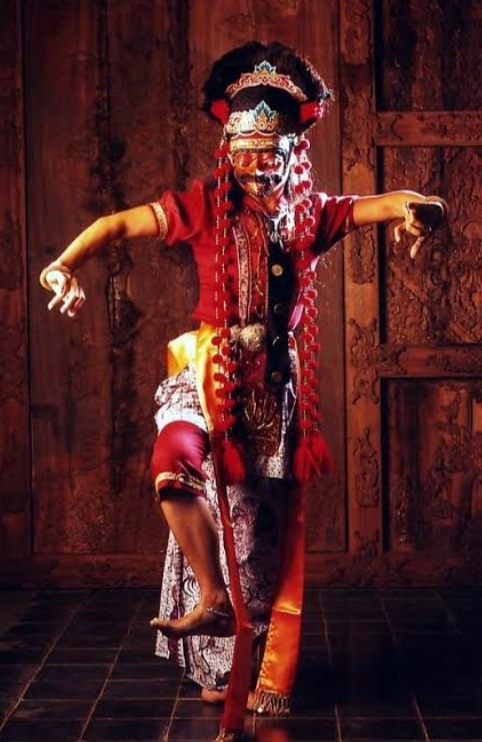
Culturally, the people of Kesambi continue to preserve the distinctive traditions of Cirebon, such as the Topeng Dance, which has long been an identity of the region. Javanese cultural traditions, including the celebration of muludan and the practice of ngapem—where apem cakes symbolize warding off misfortune and express gratitude—remain vibrant within the community. Furthermore, the use of a mixed language combining Javanese and Sundanese reflects the rich cultural heritage and diverse local identity.
Despite its numerous potentials, Kesambi faces challenges. One significant issue is the limited land available for plant cultivation, primarily due to the increasing construction of buildings, offices, and restaurants. In addition, security concerns such as theft and home burglaries remain prevalent. Therefore, the community and local authorities should improve the security system and allocate designated land for plant cultivation to integrate the area’s natural potential with modern, sustainable infrastructure development.

